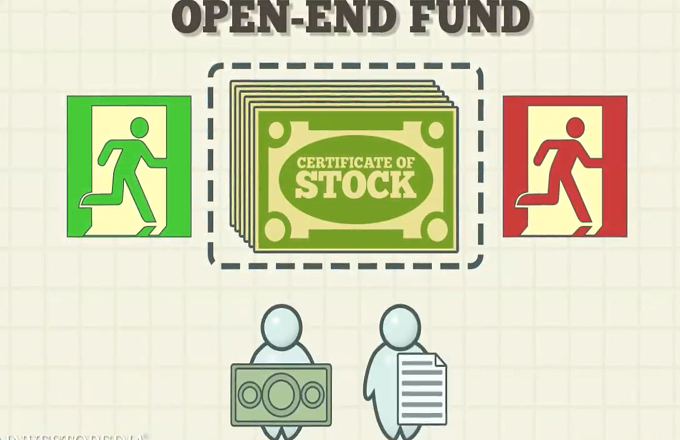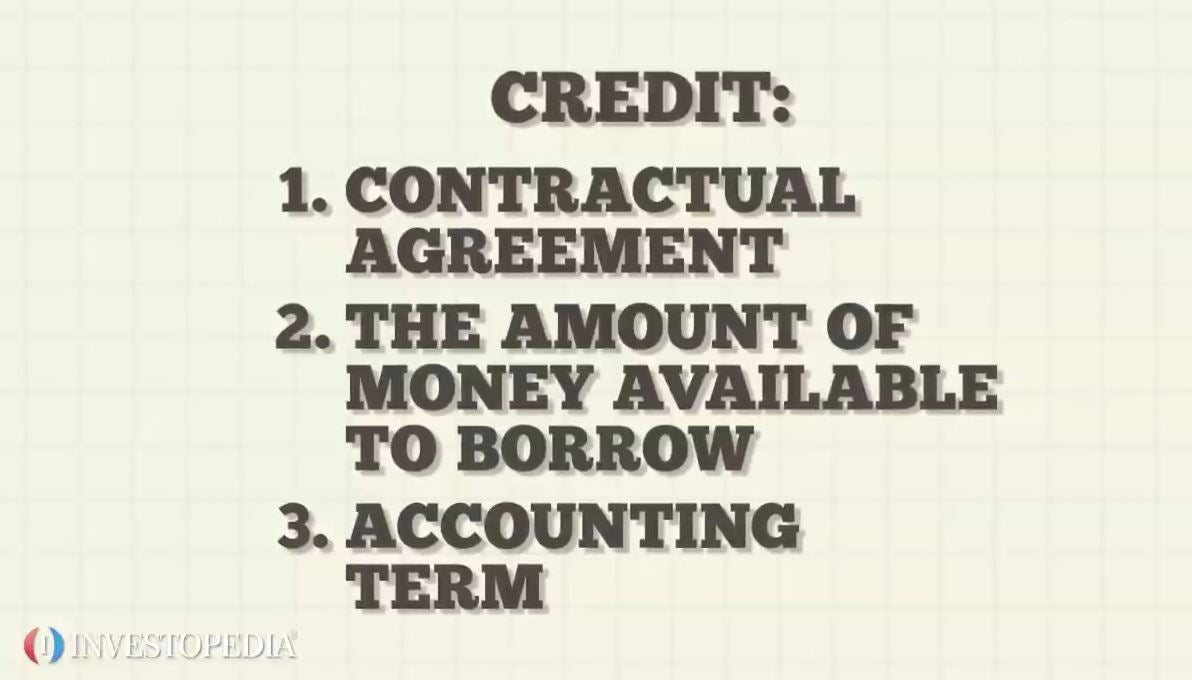closed end credit def
Auto loans and boat loans are common examples of closed-end loans. Closed-end credit means the extension of credit by a bank to a borrower pursuant to an arrangement or agreement which.
A closed-end credit is defined as credit that must be repaid in full by the end of a fixed term.
/GettyImages-1036166450-960fb3b85dea492a8044bdbd1395c367.jpg)
. A Mortgage Loan is an Example of a Closed-End Credit. Closed-end funds are a type of investment company whose shares are traded in the open market like a stock or ETF. With a closed-end loan you borrow a specific.
A Adverse action has the same meaning as in 15 USC. Understanding the terms of closed-end loans is critical. Repayment includes the original amount of the loan plus all associated finance charges.
For instance if you take out a car loan or a real estate loan youll be given a set amount of money with a particular repayment schedule. A closed-end loan is a type of loan in which a fixed amount is borrowed and then paid back over a specified period. For purposes of this subpart the following definitions apply.
Except as provided in paragraph c2iiB of this. Closed End Credit is defined 2262 as credit other than open-end credit. Closed-end credit means consumer credit other than open - end credit as defined in this section.
To better understand open-end credit it helps to know what closed-end credit means. In a closed-end credit the amount borrowed is provided to the borrower upfront. B Annual percentage rate has the same meaning as in 12 CFR 102614b with respect to an open-end credit plan and as in 12 CFR 102622 with respect to closed-end credit.
The repayment includes all the interests and financial charges agreed at the signing of the credit agreement. Capital does not flow into or out of the funds when shareholders buy or sell shares. Regulation Z is structured accordingly.
Ii Open-end credit - A In general. And 3The amount of. Open-end credit is consumer credit that is extended under a plan and meets all 3 criteria set forth in the definition.
Closed-end Credit vs. In contrast a closed-end credit is when one requests a lender to borrow a specific amount of money usually in a lump sum and paid up front and then one is required to repay the principal and interest according to a regular payment schedule set by the lender. Closed end credit is a type of loan which entails a fixed amount of funds sometimes for a specific purpose.
Closed-end credits include all. Closed-end credit can be found in various forms throughout the financial world. This definition describes the characteristics of open-end credit for which the applicable disclosure and other rules are contained in Subpart B as distinct from closed-end credit.
Ing on whether the credit is open-end credit cards and home equity lines for example or closed-end such as car loans and mortgages. Closed-end loans are very different from the open-ended credit lines provided by credit card companies. The borrower must completely satisfy the terms of the loan in that period of time.
There is often confusion between an open-end credit and a closed one. Subpart AProvides general information that applies to both open-end and closed-end credit transactions including definitions explanations. The loan amount interest rate and loan term are agreed upon and both you and the lender must adhere to these terms.
Closed-end credit is a type of credit that should be repaid in full amount by the end of the term by a specified date. By contrast open-end loans such as credit cards can have the amount owed go up and down as the borrower takes money against a credit line. The credit is obtained for a particular purpose and the borrower is required to pay the entire loan.
In closed-end credit facility credit proceeds must be paid in full on closing credit arrangement. Like stocks shares are traded on the open market. A closed-end mortgage loan or an open-end line of credit may be used for multiple purposes.
This loan must be paid including interest and financial charges within a stipulated period. A CEFs share price is almost always different from its net asset value. C Closed-end credit has the same meaning as in 12 CFR 10262a10.
Closed-end and open-end credit differ depending on how funds are disbursed and how payments are made to the account. Full payment includes amount advanced interest and. A closed-end loan offers a fixed sum of money to a borrower that must be paid back entirely in the timeline established by the lender.
Closed-End Credit Law and Legal Definition. 1The creditor reasonably contemplates repeated transactions. A loan agreement in which the lender expects the entirety of the loan including principal interest and other charges to be paid in full by a stated due date.
Open-end credit is defined as credit extended under a plan in which. A credit arrangement to be paid in full by a specified date is closed end credit. 2The creditor may impose a finance charge from time to time on an outstanding unpaid balance.
CLOSED-END CREDIT meaning - CLOSED-END CREDIT definition. Closed-end credit means a credit transaction that does not meet the definition of open - end credit. For example a closed-end mortgage loan that is a home improvement loan under 10032i may also be a refinancing under 10032p if the transaction is a cash-out refinancing and the funds will be used to improve a home.
Closed end credit is different because it doesnt allow you to continue using the same credit over and over. What does CLOSED-END CREDIT mean. For example in an automotive loan the lender might extend credit for five years.
For closed-end credit the MAPR shall be calculated following the rules for calculating and disclosing the Annual Percentage Rate APR for credit transactions under Regulation Z based on the charges set forth in paragraph c1 of this section. With closed end credit when you originally apply for a loan with the lender the terms never change.
/GettyImages-1173647137-de07577da0184ccca8aef4d0a99e1768.jpg)
Understanding Closed End Credit Vs An Open Line Of Credit
/GettyImages-1139932365-8f9a8413a3f34b2799375e57efeee64c.jpg)
Revolving Credit Vs Line Of Credit What S The Difference

What Is A Closed End Fund And Should You Invest In One Nerdwallet

/alta-sellers-closing-statement-26837264d4044785a5d0409dae83a510.jpg)

/155571944-5bfc2b9646e0fb005144dd3f.jpg)
/GettyImages-923217650-70de1e010cdd4448b137a93421018b33.jpg)
